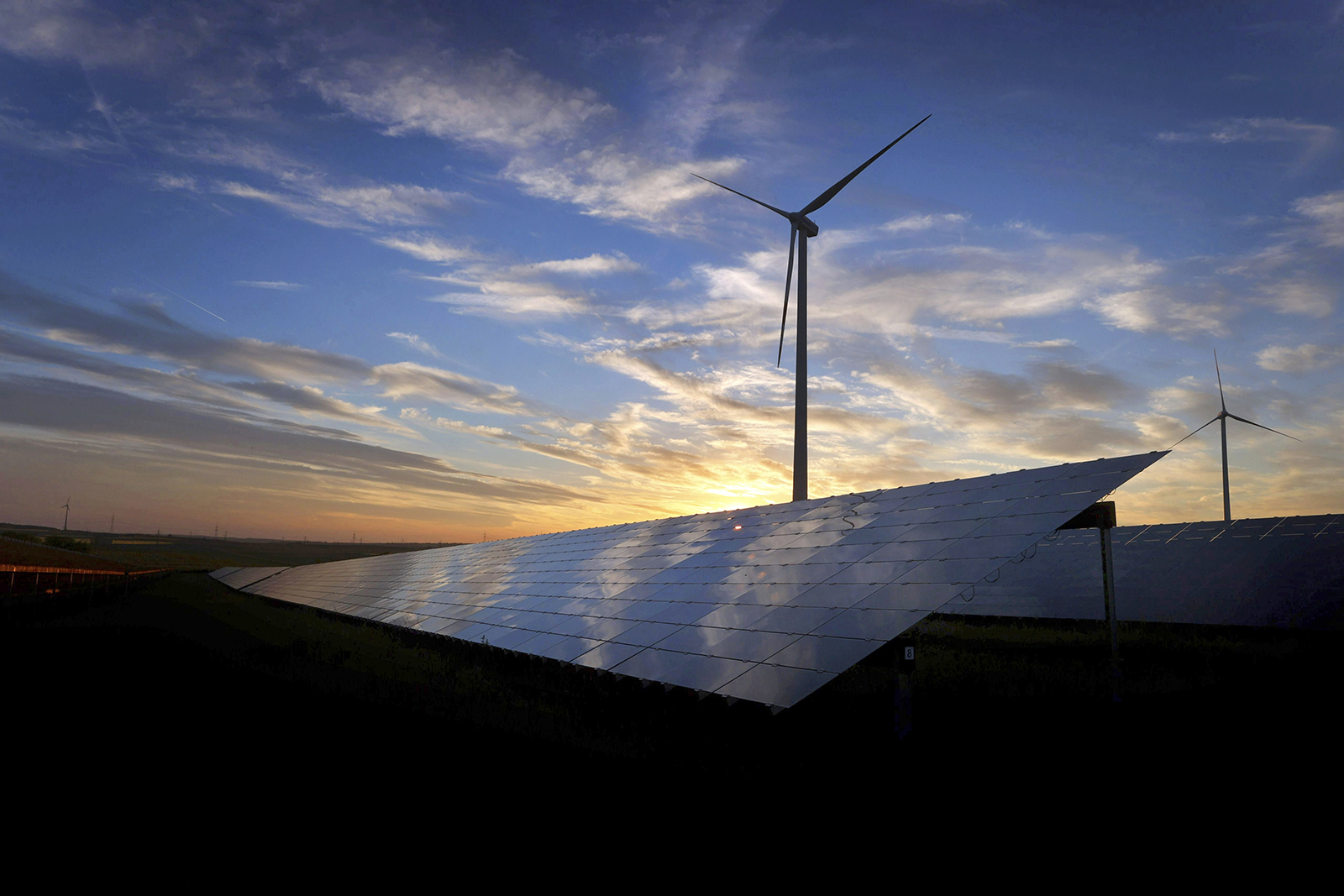The revolution in the energy sector calls for new, more effective operating models, procedures and services that can influence the creation of the power system of the future. Fingrid has made major investments in its research and development activities. The company is currently working on several innovative developments kick-started with European Commission funding under the *MIGRATE research project.
“New electricity generation methods like solar and wind power will be connected to the grid differently than conventional power plants. The MIGRATE project has studied how transmission system operators need to prepare themselves,” says Mikko Kuivaniemi, Expert at Fingrid.
In practice, the question is how much renewable electricity generation can be connected to the power system using existing technologies before running into problems. The MIGRATE project also examined which new technologies will need to be developed if most or all of the grid’s electricity is generated from renewable sources.
“This has not previously been considered a major problem in Finland or the other Nordic countries, as the proportion of converter connected generation has remained moderate so far. However, the situation is changing, and these challenges have become more relevant,” Kuivaniemi says.
Converter connected generation puts the grid’s performance to the test
Preparing for the expansion of renewable energy and managing the power system are key strategic development themes for Fingrid. For this reason, the overview created during the MIGRATE project in terms of themes such as the challenges posed by the increase in the volume of converter connected generation will facilitate more detailed development work.
“Renewable energy imposes challenges related to factors such as the stability of converters, the management of outages and the operation of network protection. A lot of work is now being done in these areas, and solutions are being developed to prevent network instability,” says Antti Harjula, Manager of Fingrid’s Power System Design unit.
Conventional synchronous machines naturally support the power system, but wind and solar power are connected via converters, which operate according to programmed algorithms and do not offer the same features to support the power system. As the proportion of converter connected generation increases, the operability of the grid will need to be assured by other means. Otherwise, we could face restrictions on the amount of renewable energy generated.
Fingrid’s participation in the MIGRATE project and the network vision published at the start of the year lay strong foundations for addressing future challenges. Fingrid’s Technology Manager Jussi Matilainen says that R&D always carries a certain degree of uncertainty and unpredictability over the end result. Forecasting is the only way to plan high-quality, cost-effective solutions for managing various situations.
“The European Network of Transmission System Operators for Electricity (ENTSO-E) recognises the value of R&D and has made it one of the focal areas of its operations. R&D will make it possible to exploit the full potential of solar and wind energy and cut carbon dioxide emissions,” Matilainen summarises.
Read more about the project: h2020-migrate.eu






